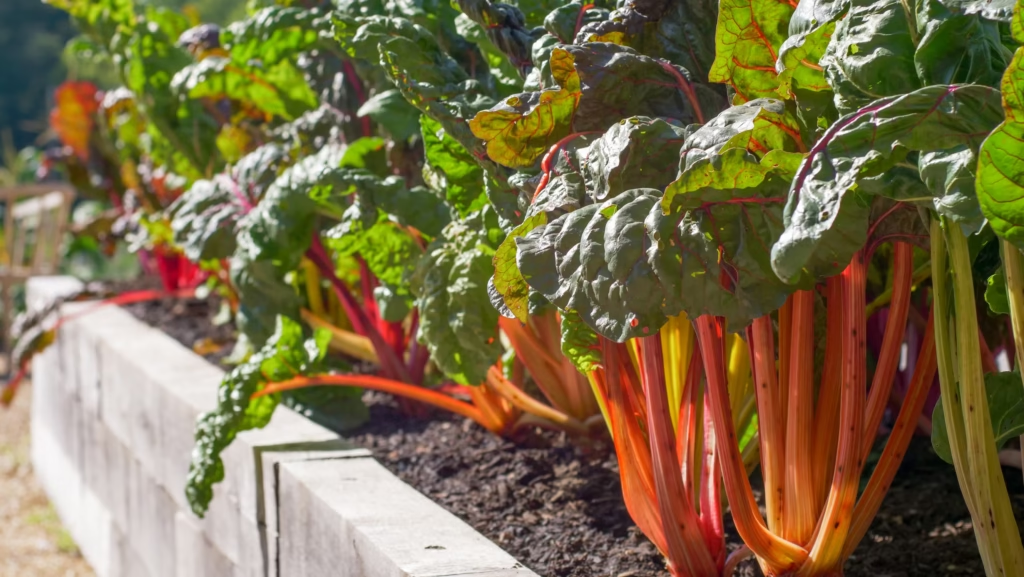
Raised garden beds offer better drainage, improved soil quality, and easier maintenance. If you want to build your own, here are ten DIY raised garden bed ideas to inspire your next gardening project.
Simple Wooden Raised Bed
A basic wooden raised bed is easy to build and perfect for beginners. Use untreated cedar, redwood, or pine for a safe, durable option. Cut boards to your desired length, screw them together, and place the frame on level ground. Fill it with quality soil, and your garden is ready to grow.
Concrete or Cinder Block Raised Bed
Cinder blocks provide an affordable and durable raised bed option. Arrange the blocks in a rectangle, ensuring stability. Fill the open holes with soil to plant herbs or flowers, while the main bed holds larger plants. This design requires no tools and allows for easy expansion.
Galvanized Metal Trough Bed
For a modern farmhouse look, use a galvanized metal trough as a raised bed. Drill drainage holes in the bottom, fill it with soil, and start planting. These beds retain heat, extending the growing season. Their durability ensures they last for years with minimal maintenance.
Pallet Raised Bed
Reclaimed wooden pallets create a rustic, budget-friendly raised bed. Remove nails, cut the pallets to size, and secure them together. Line the interior with landscape fabric to keep the soil in place. This eco-friendly option repurposes old materials while adding charm to your garden.
Wattle Raised Bed
A wattle raised bed uses woven branches to form a natural barrier for your soil. Collect flexible branches like willow or hazel, weave them around sturdy wooden stakes, and secure them tightly. This sustainable method blends well with cottage gardens and provides excellent drainage.
Brick Raised Bed
Bricks create a long-lasting, elegant raised garden bed. Stack bricks in your desired shape, using mortar for a permanent structure or dry-stacking for flexibility. This sturdy option retains heat well, making it ideal for plants that thrive in warmer soil.
Straw Bale Raised Bed
Straw bales offer a temporary but effective raised bed option. Arrange bales in a rectangle, then condition them by watering and adding compost for a few weeks. Once the interior breaks down, plant directly into the bales. This method works well for quick-growing vegetables like lettuce and tomatoes.
Log Raised Bed
If you have fallen logs or tree trunks, use them to create a natural raised bed. Arrange logs in a square or rectangle and secure them with stakes. This method blends into woodland gardens and enriches the soil as the logs slowly decompose.
Landscaping Blocks Raised Bed
Landscaping blocks create a strong and attractive raised bed that fits well into any garden design. Stack the blocks in your desired shape, securing them with landscape adhesive if needed. These blocks offer excellent drainage and durability, making them a great long-term option for raised garden beds.
Tiered Raised Bed
Maximize space with a tiered raised bed, which works well for small gardens. Build multiple levels using wood, bricks, or cinder blocks to create a cascading effect. Plant taller crops in the back and shorter plants in the front for easy access and better sunlight exposure.
Final Thoughts
Building a DIY raised garden bed improves your gardening experience by offering better soil control, easier maintenance, and increased yields. Whether you choose wood, metal, bricks, or natural materials, these ideas provide practical and stylish solutions for any garden. Pick a design that suits your space and start growing today!
Please be sure to check out my Gardening Blog Post Page for more tips on all types of gardening. Including Seed Saving, Seed Starting, Orchids, Water Gardening, Coldframe Gardening, Indoor Bulb Gardening, Hydroponics, Container Gardening, Mums, Herbs, African Violets, planting Bulbs, Flower Gardening, Vegetable and Fruit Gardening, Indoor Houseplants of all kinds, Cactus, Succulents, Hanging plants, Deer resistant plants and even Bird, Bee, Butterfly and Hummingbird Gardens!
